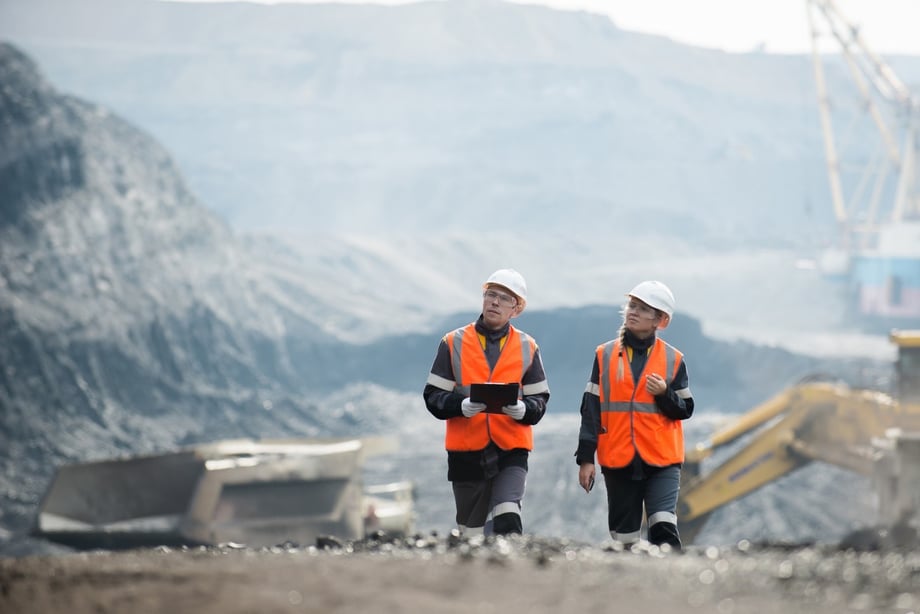Integrating contractors into a safety culture is already difficult. The ongoing retirement and loss of experienced individuals who can provide leadership and mentoring to outside workers and employees makes the tasks even more difficult to accomplish.
By 2031, the entire baby-boomer generation will be 65 and over, and Canada will have more people over the age of 65 than under 15.(1) As retirements loom, organizations across Canada are experiencing a growing skills gap, and some sectors are more vulnerable than others. And while all organizations must develop succession planning frameworks now, the need is especially urgent for those where a skills gap jeopardizes the health and safety of workers.
Growing Knowledge Gap Creating Added Safety Risk on Job Sites
Succession planning was identified by many corporations as an urgent priority. “At one of our job sites, we are seeing 10-15 people a month retiring, leading to a critical knowledge and training gap,” said an OHS director. As older, experienced workers retire, preparing younger employees through seamless knowledge transfer requires early planning in all industries. In mining and other heavy industries and dangerous sectors, it can save lives. “It’s hard to rebuild that ‘mining sense’ and ensure new workers understand the whole package of mining,” he continued.
The mining industry in Canada is a major contributor to the national economy, employing more than 400,000 workers.(2) Maintaining continuity in the workforce is essential in preserving the strength of this vital economic sector. But there’s cause for concern. By 2023, Canada’s mining industry will need to hire 146,000 workers; 67,000 of these will replace those who are retiring.(3)
Occupations that will experience a shrinking labour supply include supervisors, coordinators, foremen, and technical occupations. On average, retiring workers will have 37 years of experience, creating a skills gap that cannot be filled by education alone.(4) This presents an ominous challenge to executives within the sector, but it’s also a vital opportunity to start building the organization’s workforce with highly skilled individuals.
Instability at the Executive Levels
In addition to retiring front-line workers, some sectors are seeing growing instability at the executive and leadership levels.
“The greatest vulnerability in the oil sands industry will be poor succession planning for people to fill key roles in the plant. Whereas in mining, executives typically remain in a role for several years, the oil sands industry sees a higher turnover leading to frequent skills gaps,” said another participant in Zero Harm.
“If executives are rotating frequently, it is difficult to ensure continuity of vision and best practices,” he continued.
Starting Early and Starting Right
The loss of experienced workers is inevitable. Sound succession planning and managing this loss first requires organizations to close the basic skills gap that persists at many jobs sites. Prequalification of contractors is a highly effective way to do just that and was identified by all participants in Zero Harm as a pivotal first step in creating a culture of safety and a key element of succession planning.
For many organizations, contractors are eventually assimilated into the workforce as full-time employees, who then go on to become leaders themselves. Therefore, hiring only the most qualified outside workers from the beginning makes long-term succession planning more effective.
With a significant turnover of workers on the horizon, there is a real risk that fundamental practices around safety will be eroded.
To address this potential skills and knowledge gap, organizations should be proactive in their succession planning today to mitigate the risk of onsite incidents.
Our new whitepaper, Zero Harm: 7 Key insights to consider in creating a safer workplace for contractors, is built on the perspective and experience of health and safety leaders. It discusses challenges and reflections and offers solutions and best practices on how to improve worker health and safety.
- https://www.randstad.ca/workforce360-trends/archives/boomers-are-still-influencing-the-world-of-work_633/
- http://mining.ca/resources/mining-facts
- https://www.mihr.ca/pdf/publications/Managing-through-the-Cycle.pdf
- http://www.mining.com/canadas-mining-industry-faces-workers-shortage-of-up-to-127000-report/





